How It's Made
Say Hello to Sherah Beck, UX Researcher

What do you do?
I’m a UX Researcher at Instacart. Most of my work to date has had a focus on understanding shopper motivations, behavior, values, and areas we can improve (both qualitatively and quantitatively) to enhance their experience on the Instacart platform. My work has recently also extended to the customer, understanding their hopes, dreams, and experiences when it comes to getting their groceries with ease — whether that’s through delivery or by picking them up at the store on the way home.
How did you get into UX research?
My circuitous path to UX Research started in college, where I focused on graphic design for two years before switching to computer science and ultimately graduating with a BS CS. Back then, UX wasn’t the well-known domain that it is today, so I had yet to discover the existence of UX career paths that would meld these two dominant interests.
After I graduated, I was open to wherever fate took me: I had a “try things out and see what’s interesting” approach in the beginning. I spent some time exploring potential direction by initially doing software development and product design for companies of all types, from large ones like Microsoft to insurance companies, nonprofits, and small startups.
A few years into my dev career I was building an internal fundraising campaign monitoring app at Wikipedia that needed design research to kick off. I loved the research part of the project so much that after the app was completed, I asked for approval to transfer to the design research team to keep working with them. I became the team’s prototyper, so I spent the early days creating prototypes which we then tested with Wikipedia users all over the world.
Eventually I was leading the research projects for our mobile platforms, which each had their own builds that took care of prototyping, so I was able to pivot to spending all my time focused on user research. I had incredible mentors and coworkers who taught me a bunch of cool methods like ethnography, diary studies, contextual inquiries, remote moderated usability, surveys, all that good stuff. I went really deep into it and decided this was My Thing.
What makes everything worth it?
I love to ask a LOT of questions, which can sometimes be annoying, but works out for me in this line of work! I get to ask all my questions, talk to cool new people all the time, and then champion their feelings to my teams. I feel very satisfied when I can accurately reflect the true needs, aspirations, hesitations, and feelings of the people we serve, and see that data shape the next iterations of our products in ways that make them happier and more capable of reaching their goals.
What’s the greatest piece of career advice you’ve ever received?
To be a whole person, not just the person you are at work. The things you do outside of work feed into who you are in your role. If you study extremely accomplished people you’ll find that most of them aren’t as laser-focused on one thing as you might be led to believe by the “find your one true passion and follow it” culture. For example, I remember decades ago hearing a Bill Gates quote where he says he reads the entire newspaper, not just the parts that he already thinks are interesting, saying that this is how you learn things outside of the narrow scope of your current consciousness. That stuck with me and I try to apply this principle to as many contexts as possible.
What advice would you give to a designer just starting out?
Learn about business strategy. And storytelling. These skills will help you frame your work in ways that will be the most useful to your stakeholders.
Where do you find inspiration?
I read a lot. If I want to know more about something where I feel like I might be under-informed, either in casual conversation or the workplace, I go read some books and articles about it. If I want to explore realms of emotion that I’m not always experiencing, I go read some great moody fiction. I’m inspired the most by amazing writing, whether literary or technical. For example, I recently read, How To Do Nothing, by Jenny Odell. It’s gloriously dense and surprising, and inspired me to be more aware of my natural environment.
Working on various projects at Instacart, which one was the most challenging and exciting for you?
Right now I’m most challenged and excited about the mechanisms for customers to rate their shopper and their Instacart experience as a whole, as well as how to tease those things apart from the additional goal of reporting any operational issues with an individual delivery. All of these things overlap quite a bit in our current flows, and it’s always an interesting challenge to tackle problems with several distinct but confusingly similar goals.
Where did you grow up and what made it special?
I’m a military kid — my dad flew F-16’s in the Air Force — so I moved around a lot for most of my childhood. That said, I lived off and on, and mostly, in my dad’s home state of Mississippi with my chicken-farmer grandparents. (This is probably why I love cowboy things, old timey country music, and BBQ.) I believe that the combined experiences of frequent adaptation to new cities and of living around political or religious cultures that I no longer belong to but have come to understand, gave me a foundation for empathy and identifying with people on an individual basis. This has directly played a role in my work and I’m grateful that I had these experiences growing up.
What was the first thing you ever researched?
In 2002, for a gender studies Anthropology class in college, I had to choose a local group of people with whom I would conduct an ethnography. Two classmates and I chose a group of people who belonged to a local Muslim community and conducted interviews with the men and the women to understand gender differences as well as cultural and religious roots for those differences. I was 20, raised Protestant Christian, and had never been inside a mosque before! I didn’t know anything about Islam, and misunderstood basic things, such as the purpose of the hijab. It was legitimately a life-changing experience and I’m so grateful that I was able to get to know these people so well. That class in general was responsible for so many major pivot points on how I perceived culture, morality, gender, and religion.
What is something you’re most proud of in your life?
I just had my first kid and he’s the best. I remember thinking, when writing my self-assessment for my last performance review, that I had achieved so many amazing things with my team at work while also growing a human inside my body. That’s pretty impressive! Women are amazing.
What’s your favorite thing to order on Instacart?
I like to order wine on Instacart! I can shop for fancier or specific varietals from BevMo or just stock up on my favorite red staple table wine for dinner, affordably, from Safeway. If I’m feeling extra fancy I also buy ridiculous exotic artisanal crackers and smelly cheese to go with it. It’s a treat to be able to come home to cheese and wine after a long day running research sessions!

Come build with Sherah.
If you’re excited about defining the future of a one trillion dollar industry, building an ad-serving network for groceries, scaling the world’s most extensive grocery catalog, perfecting a real-time on-demand logistics chain, all while simultaneously designing the future of food for millions of people, you should take a look at the available opportunities or reach out to someone from the team.

Most Recent in How It's Made
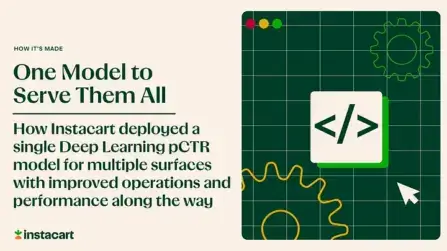
How It's Made
One Model to Serve Them All: How Instacart deployed a single Deep Learning pCTR model for multiple surfaces with improved operations and performance along the way
Authors: Cheng Jia, Peng Qi, Joseph Haraldson, Adway Dhillon, Qiao Jiang, Sharath Rao Introduction Instacart Ads and Ranking Models At Instacart Ads, our focus lies in delivering the utmost relevance in advertisements to our customers, facilitating novel product discovery and enhancing…
Dec 19, 2023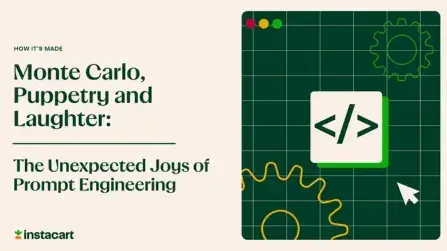
How It's Made
Monte Carlo, Puppetry and Laughter: The Unexpected Joys of Prompt Engineering
Author: Ben Bader The universe of the current Large Language Models (LLMs) engineering is electrifying, to say the least. The industry has been on fire with change since the launch of ChatGPT in November of…
Dec 19, 2023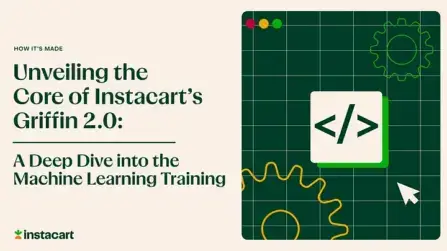
How It's Made
Unveiling the Core of Instacart’s Griffin 2.0: A Deep Dive into the Machine Learning Training Platform
Authors: Han Li, Sahil Khanna, Jocelyn De La Rosa, Moping Dou, Sharad Gupta, Chenyang Yu and Rajpal Paryani Background About a year ago, we introduced the first version of Griffin, Instacart’s first ML Platform, detailing its development and support for end-to-end ML in…
Nov 22, 2023

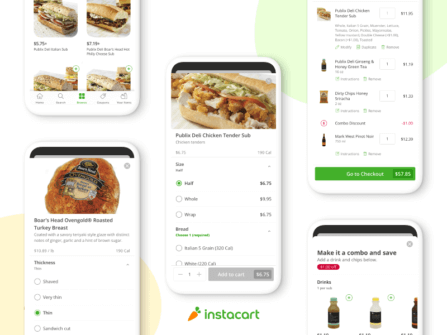 Building Instacart Meals
Building Instacart Meals 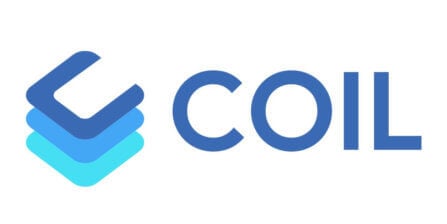 Introducing Coil: Kotlin-first Image Loading on Android
Introducing Coil: Kotlin-first Image Loading on Android 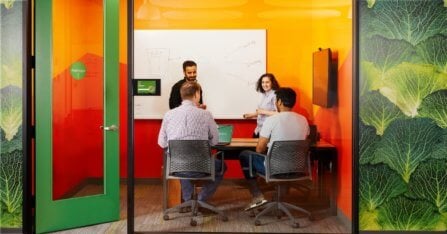 7 steps to get started with large-scale labeling
7 steps to get started with large-scale labeling 
